
New statute also forces police to more fully explain cell-site simulators to judges.The Department of Justice (DOJ) announced sweeping new rules Thursday concerning the use of cell-site simulators, often called stingrays, mandating that federal agents must now obtain a warrant in most circumstances.
The policy, which takes effect immediately, applies to its agencies, including the FBI, the Bureau of Alcohol, Tobacco and Firearms (ATF), the Drug Enforcement Administration, and the United States Marshals Service, among others.
"Cell-site simulator technology has been instrumental in aiding law enforcement in a broad array of investigations, including kidnappings, fugitive investigations and complicated narcotics cases," Deputy Attorney General Sally Quillian Yates said in a statement. "This new policy ensures our protocols for this technology are consistent, well-managed and respectful of individuals’ privacy and civil liberties."
The move comes after federal agencies, most notably the FBI, have tried to tightly control information about stingrays for years. The FBI and the Harris Corporation, one of the primary manufacturers of the devices, have refused to answer specifics questions from Ars.
Not only can stingrays be used to determine location by spoofing a cell tower, but they can also be used to intercept calls and text messages. Once deployed, the devices intercept data from a target phone as well as information from other phones within the vicinity. For years, federal and local law enforcement have tried to keep their existence a secret while simultaneously upgrading their capabilities. Over the last year, as the devices have come under increased scrutiny, new information about the secretive devices has come to light.
Ars has previously reported that while stingrays have been used at the local level for serious violent crimes, they have also been used to investigate ATM robberies, and 911 hangups.
In 2015, federal authorities have shown a willingness to open up a little about the technology, although the FBI declared in January that it has a right to use the devices in public without a warrant.
In addition to imposing a new warrant requirement, the new seven-page document also requires that DOJ officials are to delete data of non-target phones that is collected by accident, and annually report how often stingrays are used.
"I am happy that they acknowledge the problem of information and data of third-parties," Brian Owsley, a former federal judge, and current law professor at the University of North Texas. "We will have to see how that problem is addressed on a practical level to know how it is going. They should ensure that they notify the third-parties whose data is captured."
Civil liberties advocates generally applauded the DOJ’s move, but felt that more could be done.
"It’s a welcome and overdue first step, but it is just a first step," Linda Lye, an attorney with the American Civil Liberties Union (ACLU) of Northern California, told Ars. "It doesn’t cover non-DOJ entities and it doesn’t cover the locals."
Earlier this year Washington State joined Virginia, Minnesota and Utah in imposing a warrant requirement at the state level.
She also pointed out that the new policy grants a non-warrant exception for well-understood "exigent circumstances"—a situation Ars detailed recently—it also creates a new category of "exceptional circumstances."
As the document states:
There may also be other circumstances in which, although exigent circumstances do not exist, the law does not require a search warrant and circumstances make obtaining a search warrant impracticable. In such cases, which we expect to be very limited, agents must first obtain approval from executive-level personnel at the agency's headquarters and the relevant U.S. Attorney, and then from a Criminal Division [Deputy Assistant Attorney General]. The Criminal Division shall keep track of the number of times the use of a cell-site simulator is approved under this subsection, as well as the circumstances underlying each such use.The Department of Homeland Security (DHS), for example, would be able to continue using stingrays absent a warrant for now. However, Yates told reporters that DHS was working on its own policy, which is likely to be similar.
Nathan Freed Wessler, an ACLU attorney, noted that the new policy also does not include any sort of mandate that the states change their practices through its grant-issuing power. In many cases, state and local law enforcement obtain the surveillance tools through federal grant money.
"One thing that DOJ would have in its power to do, and DHS could do this, is to tie its grant funding to this policy," he said.
"The protections shouldn't end just because they've given money to locals to use this instead of using it themselves. Those protections should carry on with the loan, or funding, or use of it. We don't see that in this policy and that's something that we should see. We also should see the FBI, when it gives permission to buy from Harris, the FBI should require that the sign something like this or close to it."
http://arstechnica.com/tech-policy/2015/09/fbi-dea-and-others-will-now-have-to-get-a-warrant-to-use-stingrays/
Japanese man arrested for building homemade guns
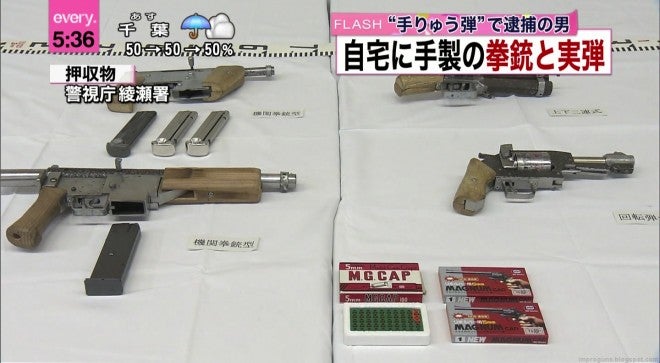
A 60 year old man in Japan was recently arrested for building homemade guns of his own design. According to him it was his hobby for the last 40 years. He used scrap anvils as a source of hardened steel and crafted his own ammunition using toy caps and casted lead bullets.
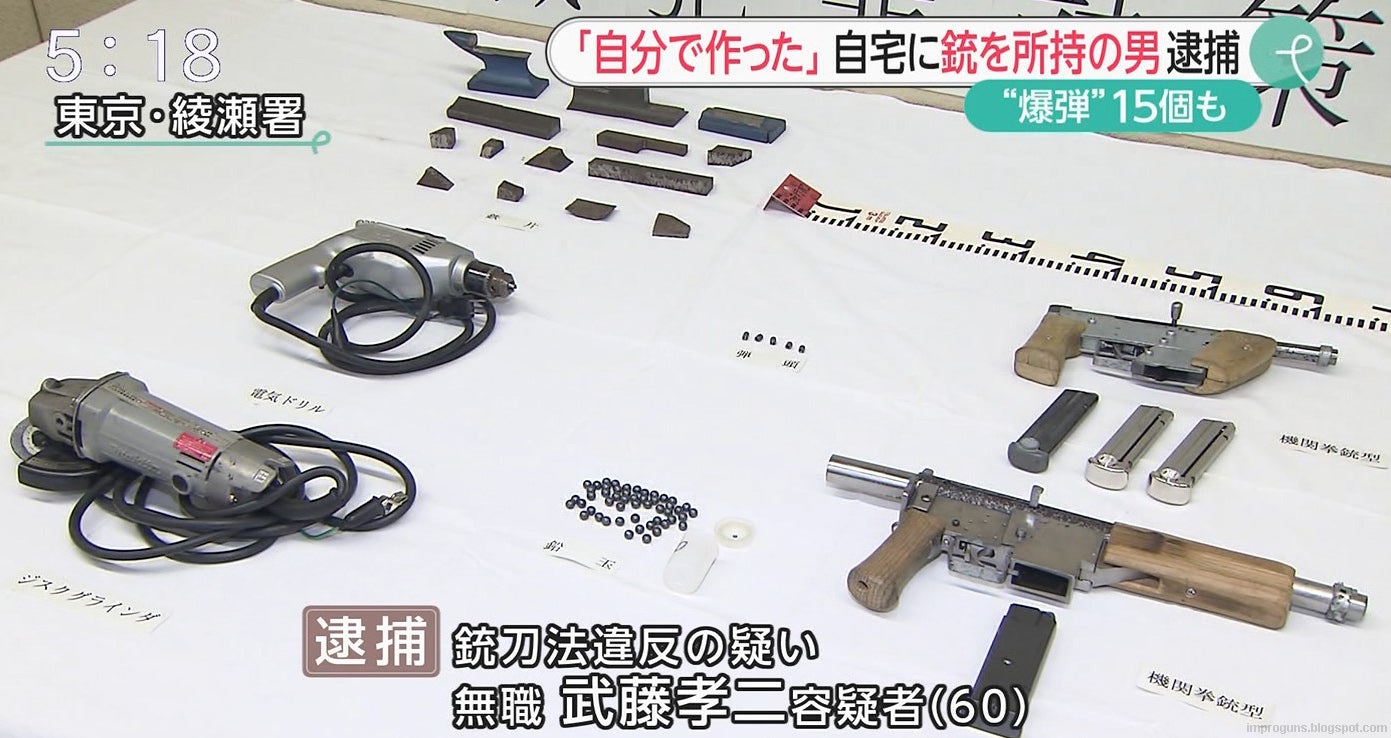

A double barreled muzzle-loading percussion lock. The barrels are rotated between shots.
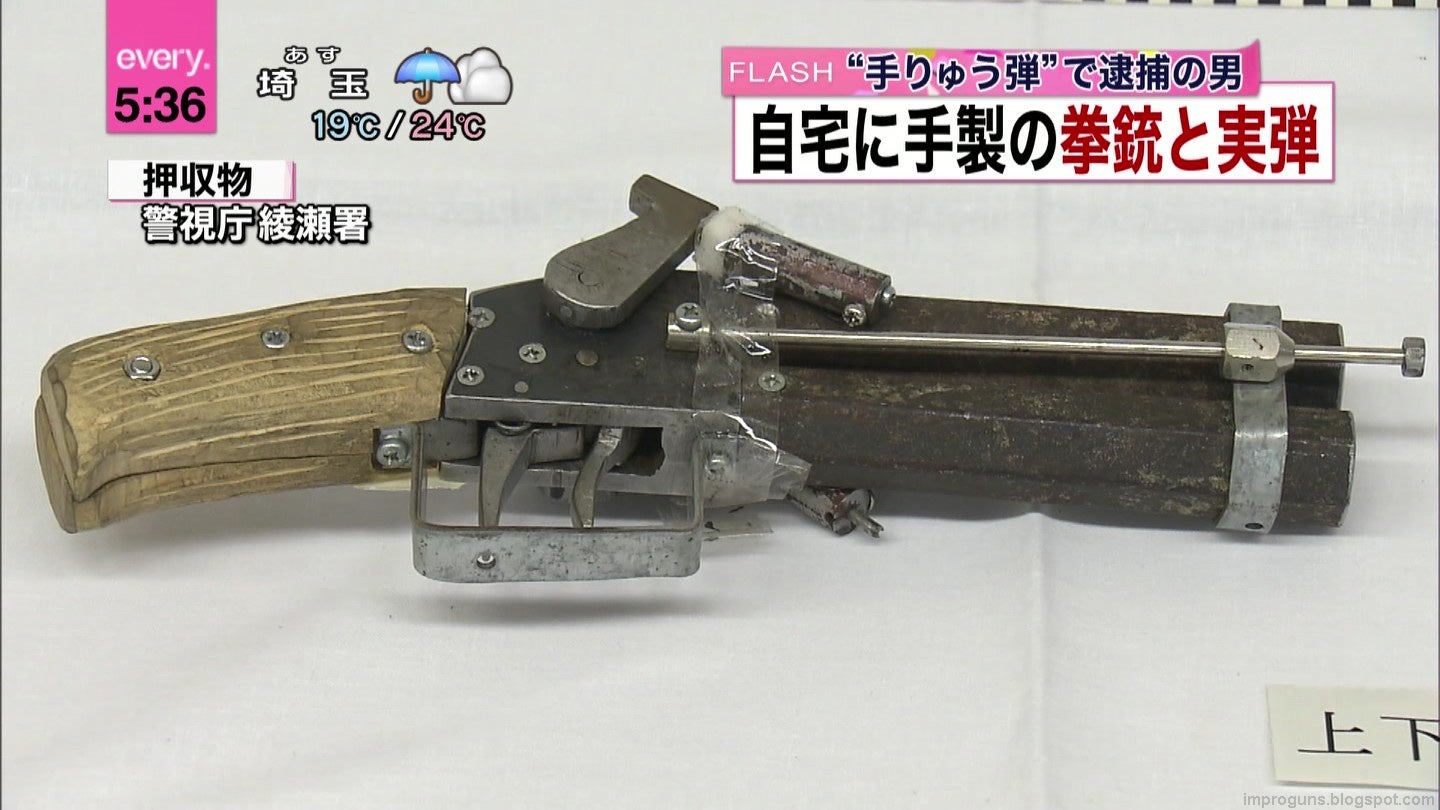
A submachine gun which is trying to decide whether its an AR or a Thompson.
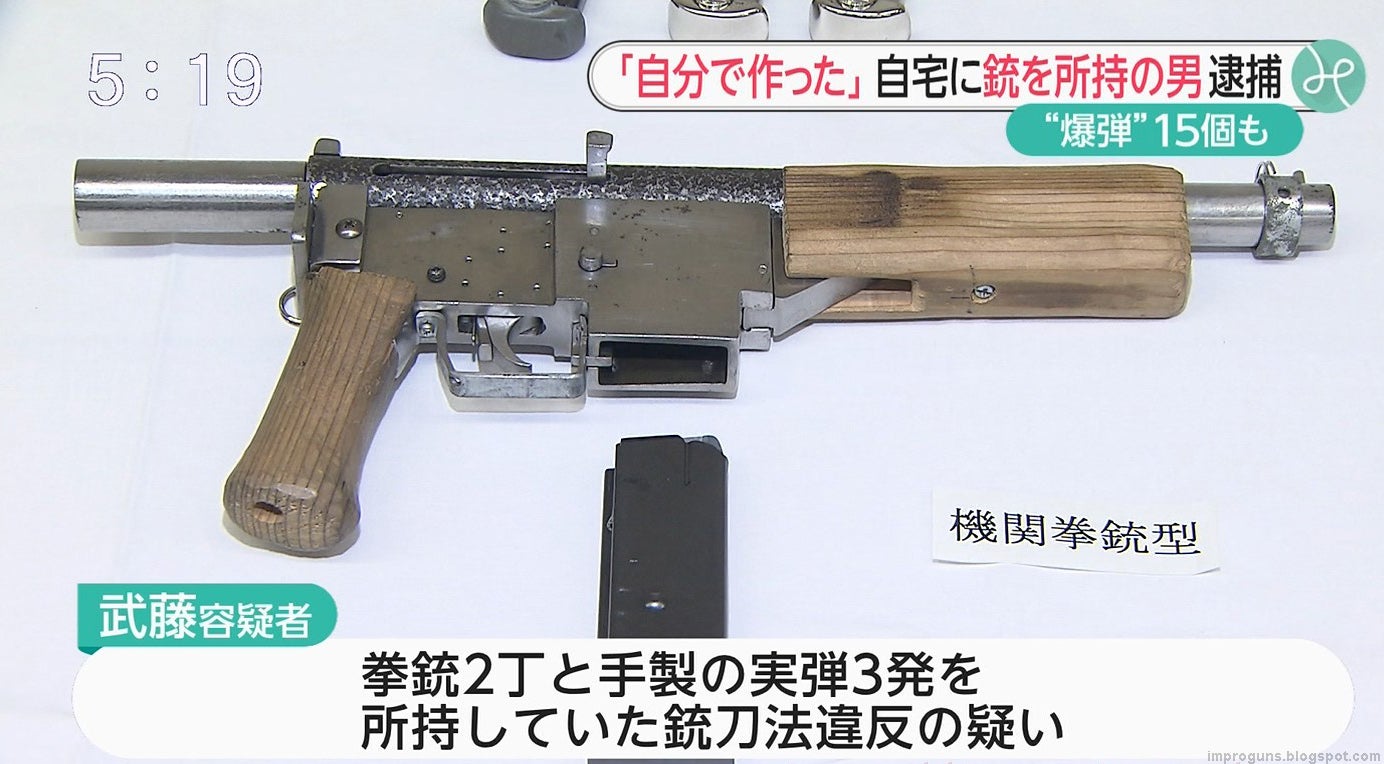
A compact machine pistol. The neat thing about it is that It appears to accept Type-14 Nambu magazines.
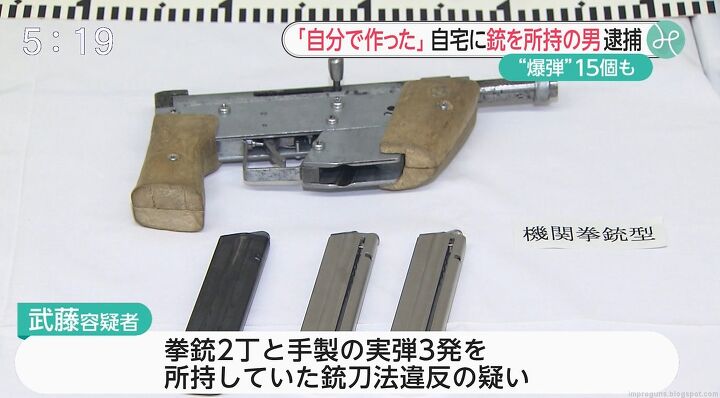
A cartridge firing double barreled pistol:
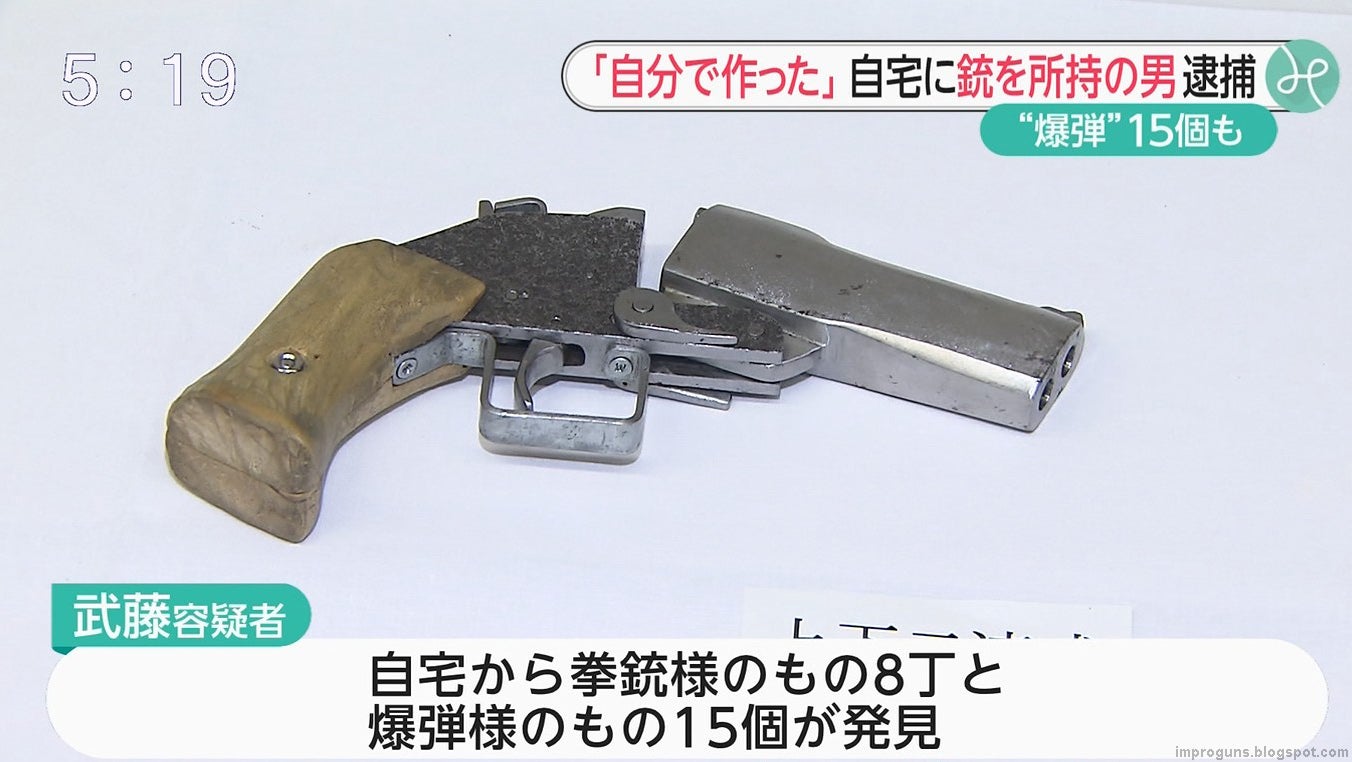
This revolver probably took the most amount of time and dedication:
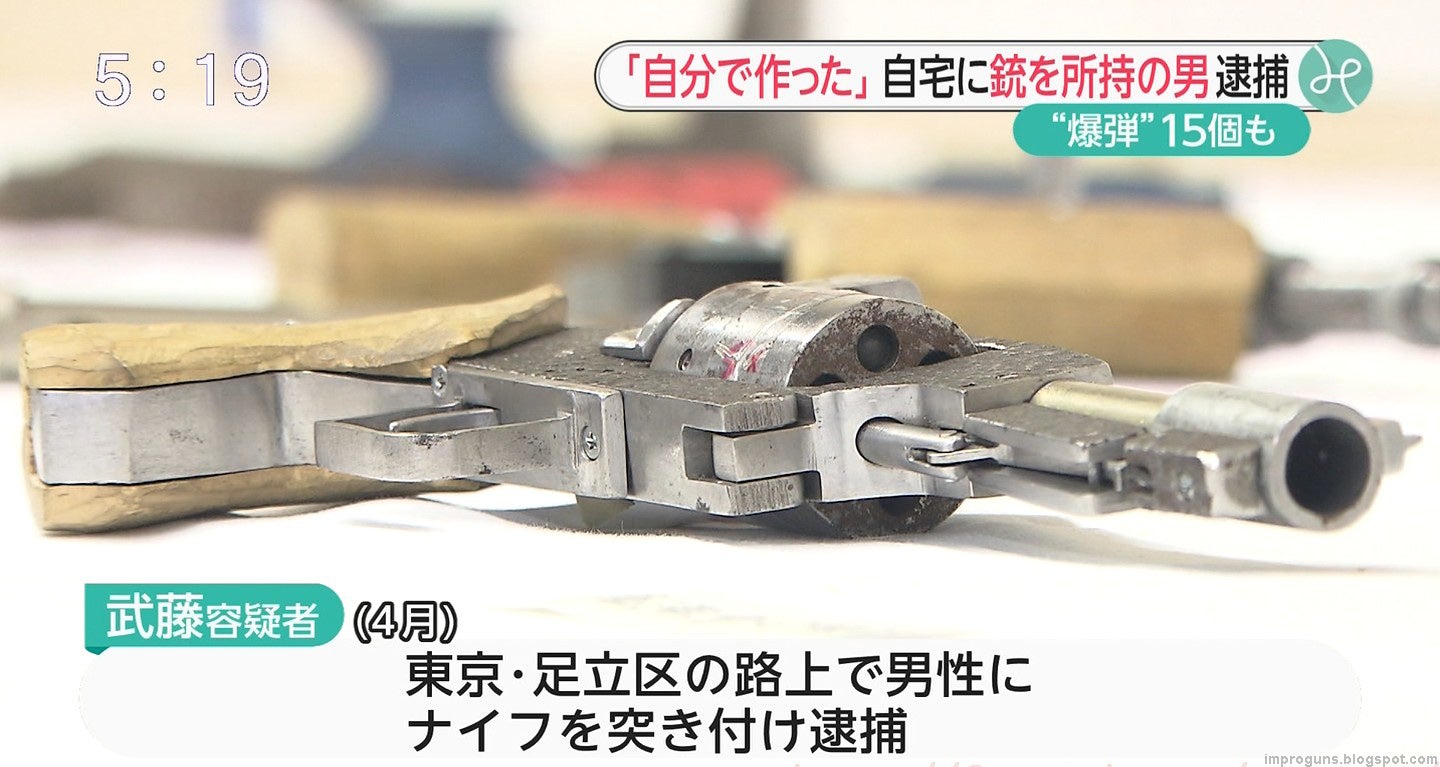 Homemade bullets:
Homemade bullets:
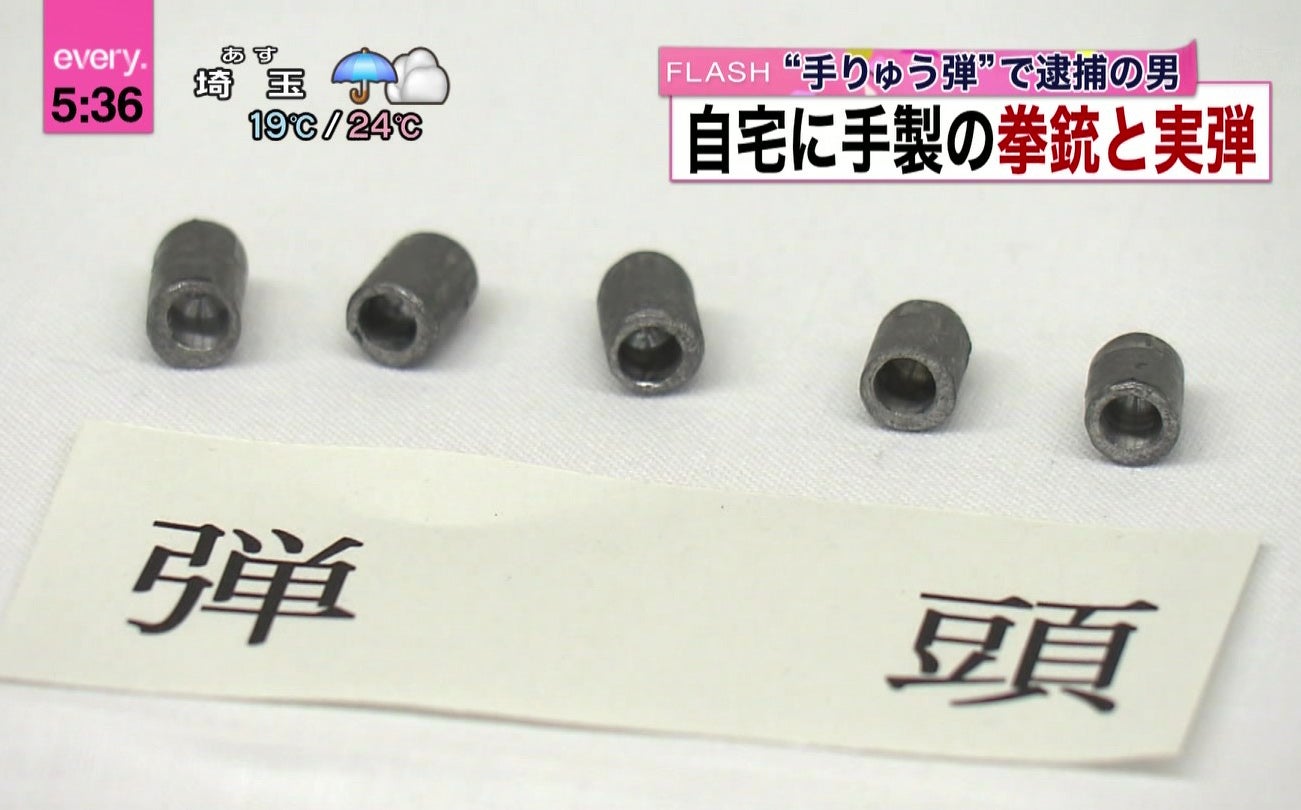
http://www.thefirearmblog.com/blog/2015/09/03/japanese-man-arrested-building-homemade-guns/?utm_source=feedly&utm_medium=rss&utm_campaign=rss#sthash.q0gqvdeE.dpuf


A double barreled muzzle-loading percussion lock. The barrels are rotated between shots.

A submachine gun which is trying to decide whether its an AR or a Thompson.

A compact machine pistol. The neat thing about it is that It appears to accept Type-14 Nambu magazines.

A cartridge firing double barreled pistol:

This revolver probably took the most amount of time and dedication:
 Homemade bullets:
Homemade bullets:
No comments:
Post a Comment